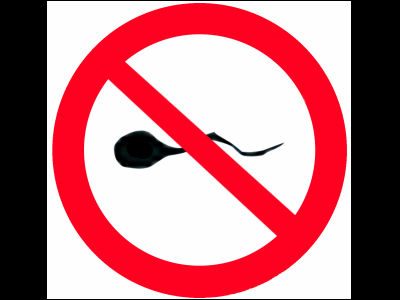It turns out that the last population of mammoths did not go extinct gradually, but suddenly due to a 'mysterious event'

By
Most populations of the woolly mammoth, a representative species of mammoth, became extinct about 14,000 to 10,000 years ago, but some populations continued to live for several thousand years after that, and it is known that the population on Wrangel Island in the Arctic Ocean survived until about 4,000 years ago. A new study has revealed that the Wrangel Island population did not gradually become extinct due to a lack of genetic diversity, but rather suddenly became extinct due to a 'mysterious event.'
Temporal dynamics of woolly mammoth genome erosion prior to extinction: Cell
https://www.cell.com/cell/fulltext/S0092-8674(24)00577-4

Last surviving woolly mammoths were inbred | EurekAlert!
https://www.eurekalert.org/news-releases/1048810
Mystery 'random event' killed off Earth's last woolly mammoths in Siberia, study claims | Live Science
https://www.livescience.com/animals/mammoths/mystery-random-event-killed-off-earths-last-woolly-mammoths-in-siberia-study-claims
Inbreeding Not to Blame for Wooly Mammoth Extinction, Surprising Study Finds: ScienceAlert
https://www.sciencealert.com/inbreeding-not-to-blame-for-wooly-mammoth-extinction-surprising-study-finds
Woolly mammoths lived on the plains of Europe, Asia, and North America from about 300,000 to 10,000 years ago, but their habitat shrank as the ice in the northern regions melted due to global warming. As a result, the Eurasian mammoths became extinct about 10,000 years ago, but it is known that small populations continued to survive on islands that were cut off from the mainland by rising sea levels due to global warming.
In particular, the population on Wrangel Island has survived for more than 200 generations while remaining isolated for thousands of years, and is believed to have become extinct approximately 4,000 years ago, which is newer than the construction of the Great Pyramids of Giza in Egypt. Until now, the reason for the extinction of the last population of mammoths was unknown, but it was thought that the lack of genetic diversity in a population isolated for thousands of years may have led to extinction due to genetic reasons.
Marianne DeHask, a postdoctoral researcher at the Swedish Centre for Paleogenetics , and her team analyzed the genomes of 21 woolly mammoths to study their extinction. The woolly mammoths studied were 14 from Wrangel Island and seven from Eurasia, and each lived for about 50,000 years before their extinction.

By
The analysis found that the Wrangel Island woolly mammoths were on the brink of extinction, with numbers at their lowest point dropping to just eight individuals, but then recovered to 200-300 within 20 generations. The population showed signs of inbreeding and had low genetic diversity.
However, it was also revealed that the mutations that had accumulated in the genes of the Wrangel Island woolly mammoths were only mildly to moderately harmful, and extremely harmful mutations did not last long or accumulate. Overall, the genetic diversity of the Wrangel Island woolly mammoths continued to decline, but the rate of decline was gradual, and it was reported that there was no problem of extinction even at the time of their extinction about 4,000 years ago.
'If an individual has extremely harmful mutations, they're basically unable to survive, so over time those mutations will disappear from the population,' DeHask said. 'But we know that woolly mammoths only accumulated mildly harmful mutations by the time they went extinct.'
'We can now confidently reject the idea that the Wrangel Island population was simply too small and therefore destined to go extinct for genetic reasons,' said study co-author Love Dalén , professor of evolutionary genetics at Stockholm University . 'In other words, it was some random event that killed the woolly mammoths, and without that event, they would likely have survived to this day.'

By Steve Jurvetson
'The woolly mammoth is a great example of what happens from a genetic standpoint when a species experiences a population bottleneck,' DeHask said. 'It's important for conservation programs today to remember that it's not enough to just get the population back to a decent size. You have to actively and genetically monitor the population, because the genomic effects of population declines can last for 6,000 years or more.'
◆ Forum is currently open
A forum related to this article has been set up on the official GIGAZINE Discord server . Anyone can post freely, so please feel free to comment! If you do not have a Discord account, please refer to the account creation procedure article to create an account!
• Discord | 'What do you think caused the extinction of mammoths?' | GIGAZINE
https://discord.com/channels/1037961069903216680/1256175154061639700
Related Posts:







